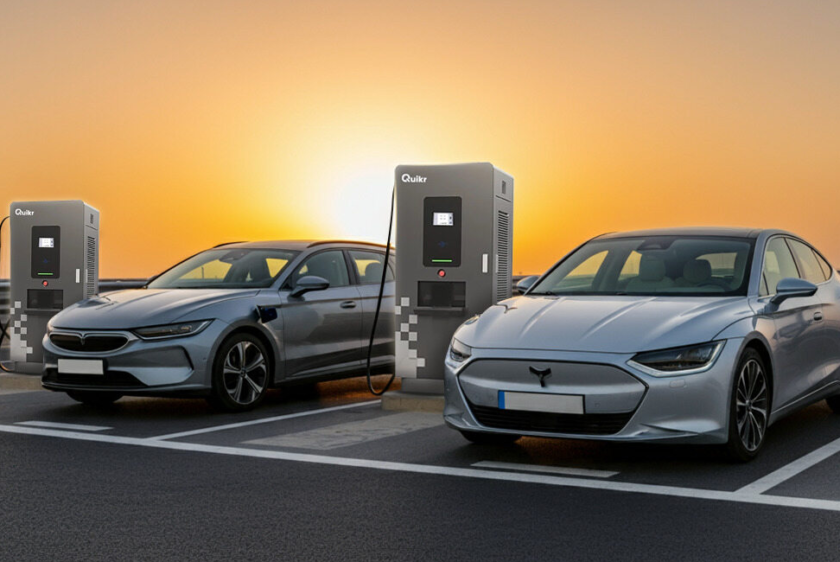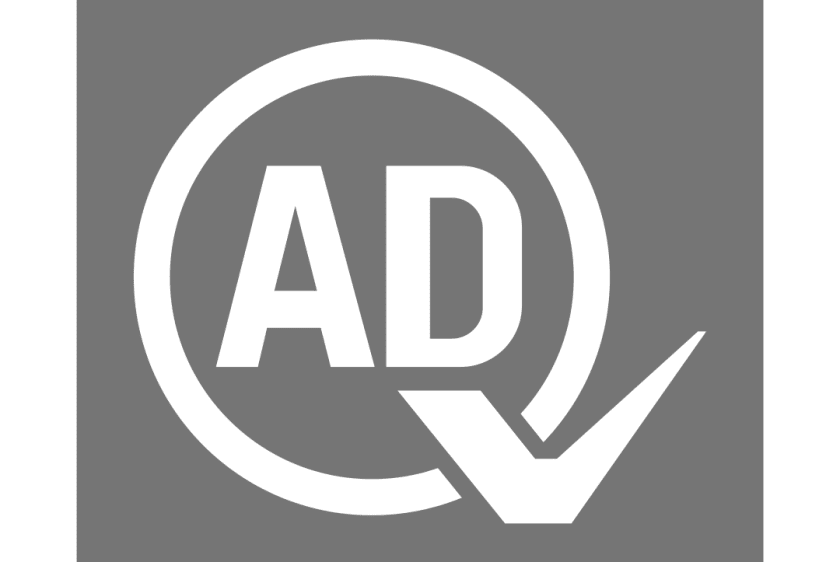Electric vehicles (EVs) are rapidly evolving, and so is the charging infrastructure. DC Fast Charging has emerged as a critical solution for reducing charging times, making long-distance EV travel more practical.
But can you use a DC fast charger at home? What are the costs involved? This comprehensive guide explores everything you need to know about DC fast chargers in 2025, including prices, installation, and alternatives for home use.
What is a DC Fast Charger?
A DC fast charger (Direct Current fast charger) is a high-powered EV charging station that delivers electricity directly to the battery, bypassing the vehicle’s onboard charger.
Unlike Level 1 (120V) and Level 2 (240V) AC chargers, DC fast chargers provide 50kW to 350kW of power, enabling an 80% charge in 20-40 minutes.
Key Features of DC Fast Chargers:
- Ultra-fast charging (compared to AC chargers)
- Ideal for highways, commercial areas, and fleet charging
- Not typically suitable for home installation due to high power demands
How Does a DC Fast Charger Work?
DC fast chargers convert AC power from the grid into DC power, which is sent directly to the EV battery. This bypasses the car’s internal charger, allowing for much faster charging speeds.
Charging Speeds Comparison:
| Charger Type | Power Output | Charging Time (0-80%) |
|---|---|---|
| Level 1 (AC) | 1.4 – 2.3 kW | 24-40 hours |
| Level 2 (AC) | 7 – 19 kW | 4-8 hours |
| DC Fast Charger | 50 – 350 kW | 20-40 minutes |
DC Fast Charger vs. AC Charging: Key Differences
Speed
- AC Chargers (Level 1/Level 2): Slower, best for overnight charging.
- DC Fast Chargers: Rapid charging, ideal for road trips and quick top-ups.
Installation & Cost
- AC Chargers: Affordable, easy home installation.
- DC Fast Chargers: Expensive, require commercial-grade power supply.
Battery Impact
- Frequent DC fast charging can degrade battery life faster than AC charging.
Types of DC Fast Chargers
50kW DC Fast Charger
- Price: 20,00050,000
- Best for: Urban charging stations, small businesses.
150kW DC Fast Charger
- Price: 50,000100,000
- Best for: Highway rest stops, fleet charging.
350kW DC Fast Charger (Ultra-Fast)
- Price: $100,000+
- Best for: Future-proof stations, luxury EVs (Porsche, Lucid, Tesla).
Can You Install a DC Fast Charger at Home?
Challenges of Home Installation
- Power Requirements: Most homes lack 480V/3-phase power needed for DC fast charging.
- Cost: A home DC fast charger installation can exceed $50,000.
- Safety Risks: High-voltage systems require professional setup.
Alternative: Level 2 Charger at Home
- Cost: 5002,000
- Charging Speed: 25-30 miles per hour (vs. 150+ miles in 30 mins with DC fast charging).
DC Fast Charger at Home Cost & Installation
| Component | Estimated Cost |
|---|---|
| 50kW DC Fast Charger Unit | 20,00050,000 |
| Electrical Upgrades | 10,000−30,000 |
| Permits & Labor | 5,00015,000 |
| Total Estimated Cost | 35,000100,000+ |
Best DC Fast Chargers for Home & Commercial Use
ChargePoint DC Fast Charger
- Power: 50kW – 350kW
- Price: $30,000+
- Best for: Businesses, public stations.
Autel DC Fast Charger
- Power: 50kW – 240kW
- Price: $25,000+
- Best for: Fleets, commercial use.
Portable DC Fast Charger
- Emerging tech: Not widely available yet.
- Potential use: Emergency charging for road trips.
DC Fast Charger Price & Cost Breakdown
- 50kW DC Fast Charger Price: 20,000−50,000
- 150kW DC Fast Charger Price: 50,000−100,000
- 350kW DC Fast Charger Price: $100,000+
Level 3 DC Fast Charger: What You Need to Know
- “Level 3” is a common (but unofficial) term for DC fast charging.
- Requires CHAdeMO, CCS, or Tesla connectors.
DC Fast Charger for EVs in India: Market Overview
- Growing demand due to EV policies.
- Tata Power, Bharat DC, and Statiq leading the network.
DC Fast Charger Voltage & Power Requirements
- Voltage: 400V – 1000V (varies by model).
- Power: 50kW – 350kW.
Future of DC Fast Charging: 2025 and Beyond
- Faster charging (500kW+)
- Battery-swapping stations
- More affordable home DC fast charging solutions?
Final Thoughts & Best Home Charging Alternatives
While DC fast chargers are unbeatable for speed, they’re not practical for most homes. Instead, consider:
✅ Level 2 Charger (Best for Home)
✅ Public DC Fast Charging (For Road Trips)
Ready to install the best EV charger for your home or business? Contact QuickRev for expert advice and installation services!





